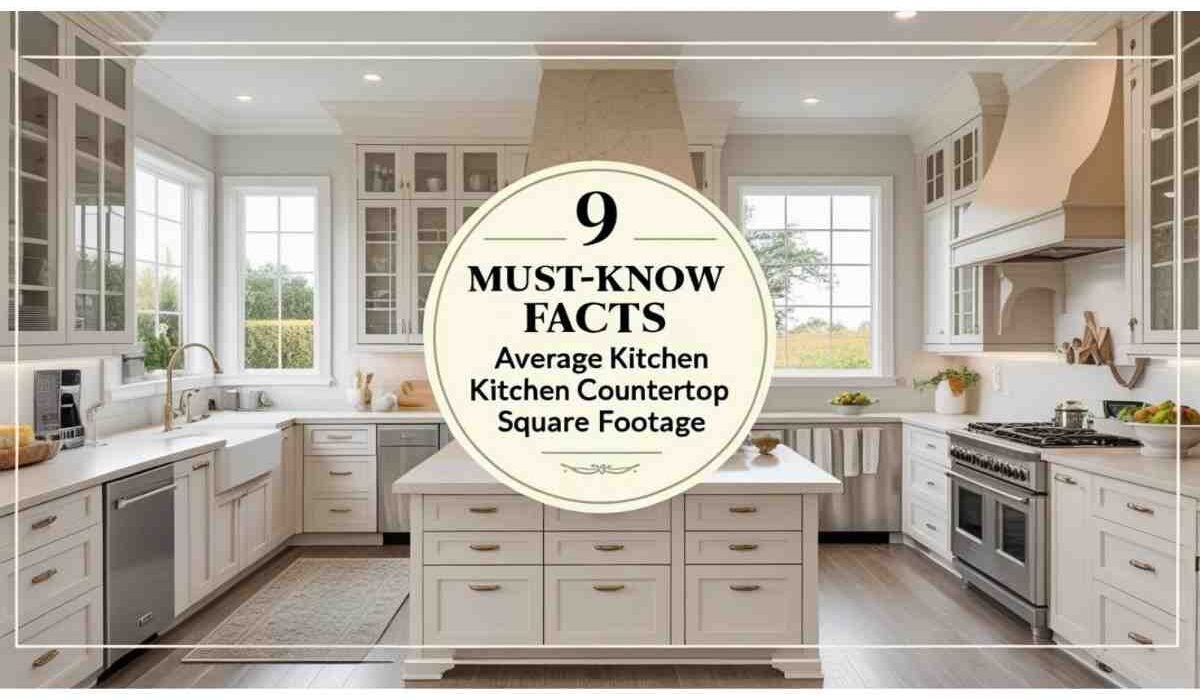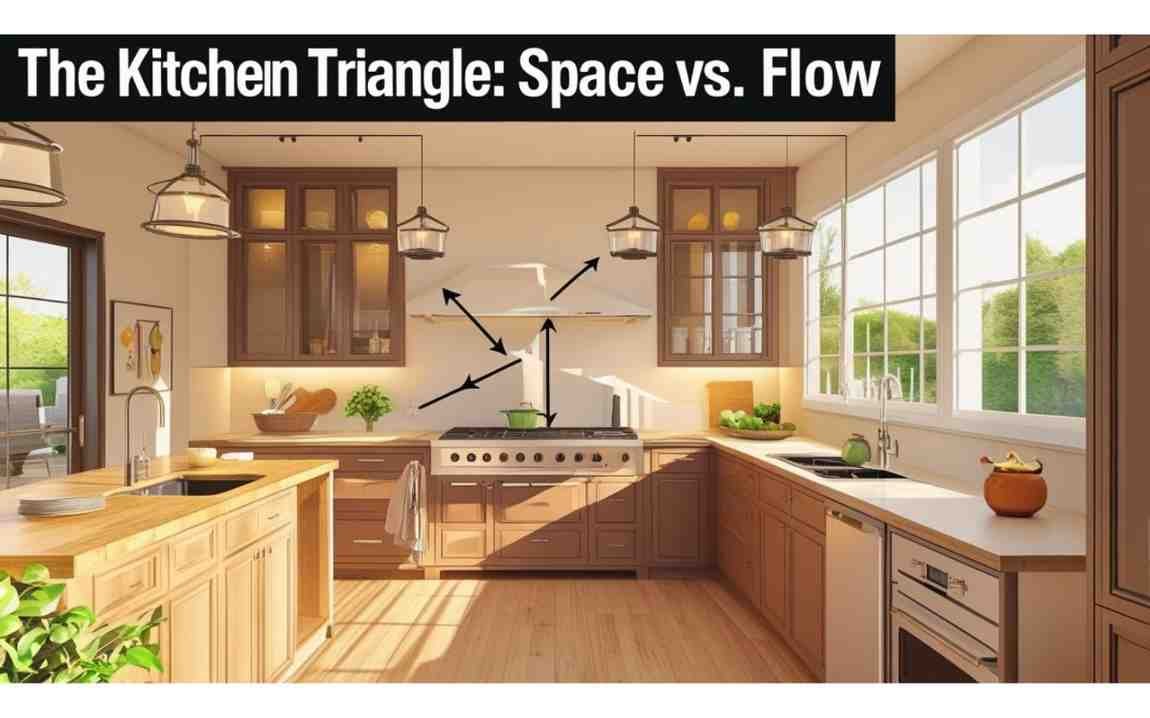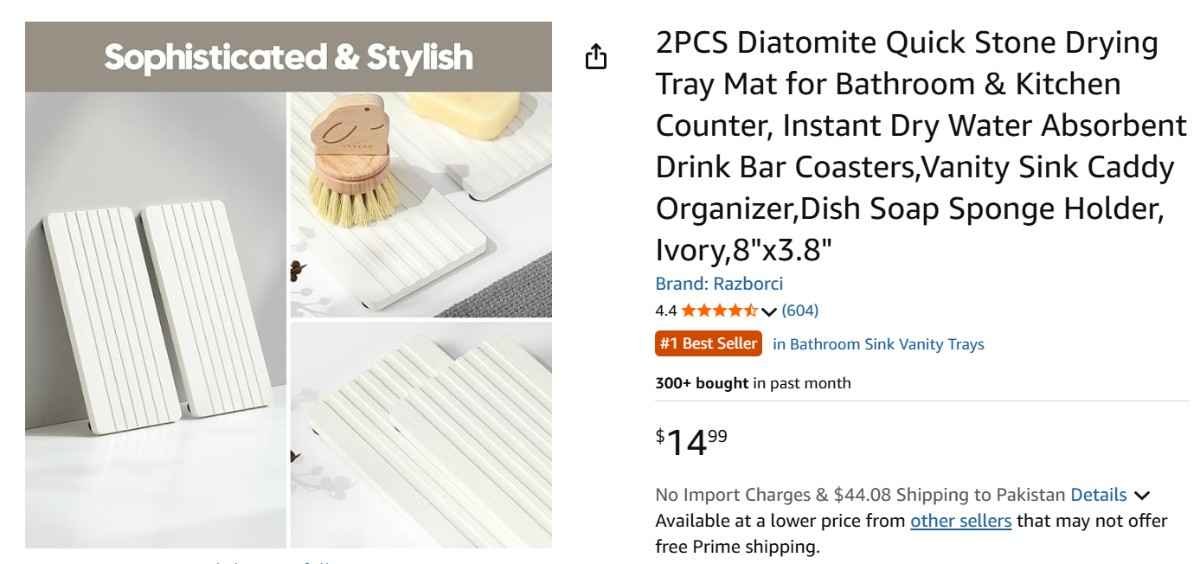Let’s start with a topic that is both popular and confusing: average kitchen counter square footage. It’s a simple number, wouldn’t you say? But oh no, it’s more than digits and decimals. It’s your cutting board’s future. It’s where the morning toast lands. How much kitchen counter space is average in U.S. houses? About 30-40 square feet. Sounds easy. But it depends on house type, kitchen layout, and whether Aunt Linda insisted on that extra sink. Some homes have 20 square feet, while modern kitchens can shoot past 70. It ain’t a math class, though.
Why It Matters More Than You Think
The average kitchen countertop square footage can make or break your workflow. Have you ever tried preparing a full Thanksgiving dinner on a 3-foot stretch of laminate? Tragic. The truth is, countertop square footage directly impacts efficiency. You need room for appliances, elbow space for prep, and yes, somewhere to slam down groceries after shopping. Even small kitchens benefit from optimized layout planning. The average kitchen countertop square footage isn’t just about size. The key elements are functionality, comfort, and enjoyment. You shouldn’t have to try and solve a maze while blindfolded. Make it make sense. That’s where proper space matters most.
The Kitchen Triangle: Space vs. Flow
So, you’ve got your stove, fridge, and sink in that golden triangle layout. But how does the average kitchen countertop square footage play into that? Spoiler: it’s everything. Too little counter between the fridge and the stove? You’ll spill salsa while reaching. Too much? You’re walking a marathon between tasks. Most designers recommend at least 2 to 3 feet between appliances. The average kitchen countertop square footage balances this spacing with actual usability. Because what’s the point of a beautiful kitchen if you can’t chop an onion without elbowing your microwave? It’s the little frustrations that add up.
Open Concept Doesn’t Mean Unlimited Counters
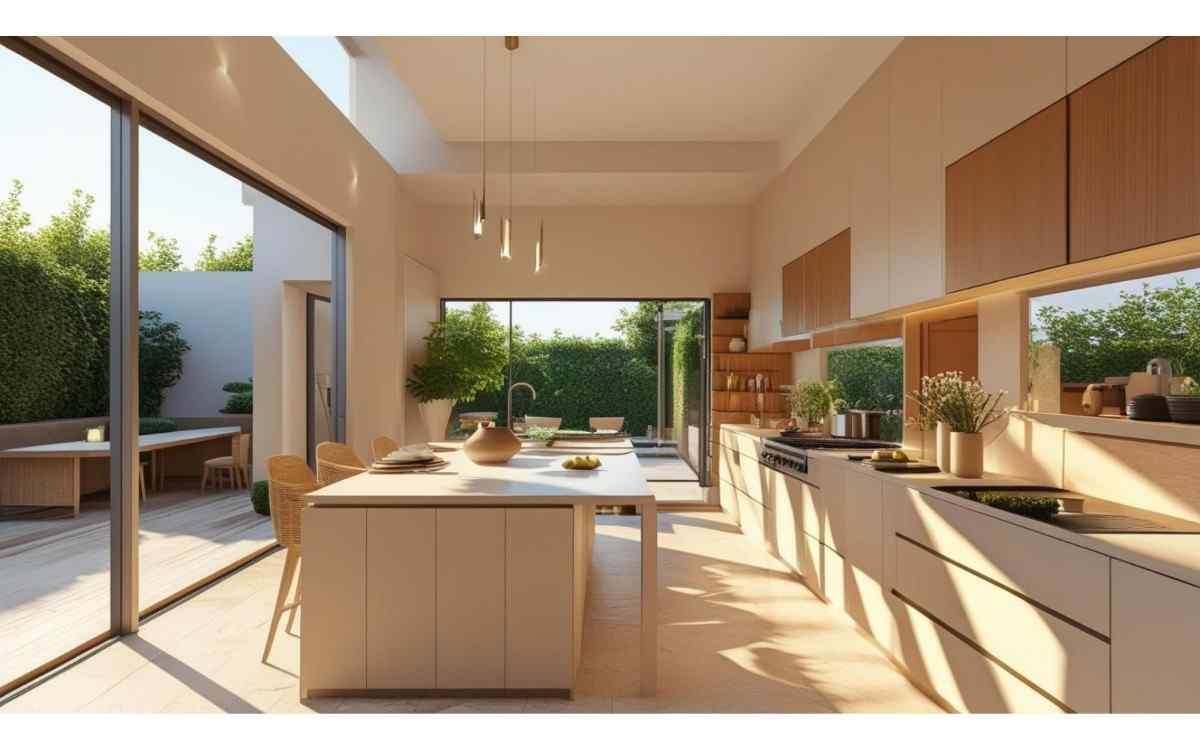
Let’s address the HGTV dream: open concept kitchens. Walls come down, islands go up. But don’t let open air fool you—the average kitchen countertop square footage doesn’t magically increase with space. It’s a layout illusion. Islands often eat up floor area that could’ve been wall counters. If not planned smartly, you lose work zones. The national average still hovers around 30 to 40 square feet, no matter how many walls you knock down. Don’t be fooled by the space you can’t use. Focus on smart, accessible surfaces that serve actual cooking—not just morning coffee photos.
Apartment Life: Downsizing the Dream

Living in an apartment? Say goodbye to those sprawling kitchen dreams. Here, the average kitchen countertop square footage drops significantly. You’re looking at 15 to 25 square feet max. That’s your entire culinary playground. It’s tight. But not hopeless. Compact living calls for clever hacks. Your new best friends are magnetic shelves, cutting boards with magnets and counters that fold down. Setting goals and expectations is easier when you know the size of a kitchen countertop in an apartment. Maximize your space instead of cursing it. Efficiency beats luxury every time, especially when you’re cooking in slippers two feet from your bed.
Islands: Heroes or Hogs of Counter Space?

Kitchen islands. We love ’me. We hate ’me. They look beautiful and offer seating, storage, and that Pinterest aesthetic. But they also steal a chunk of your average kitchen countertop square footage—sometimes up to 10 square feet or more. Are they worth it? Depends. Islands shine in larger kitchens (over 200 sq ft), where adding one won’t cramp your workflow. In smaller layouts, they often do more harm than good. You might end up walking around a useless block of quartz just to grab a spoon. Design is about flow, not trend. Ask yourself: will you use it?
Remodelling? Know Your Number
Planning a remodel? Here’s where understanding your current average kitchen countertop square footage becomes gold. Measure what you have. Decide what you need. Don’t just eyeball it because your neighbour has a six-burner stove. One homeowner’s dream is another’s disaster. A family of five might need double what a single person does. Plus, different materials affect layout. You may require more structural support if you are using granite slabs. What is a butcher’s block? Easy, flexible and less expensive. You can adjust your kitchen counters to fit in with the real world, and not only Pinterest’s ideas.
Storage Affects Countertop Use
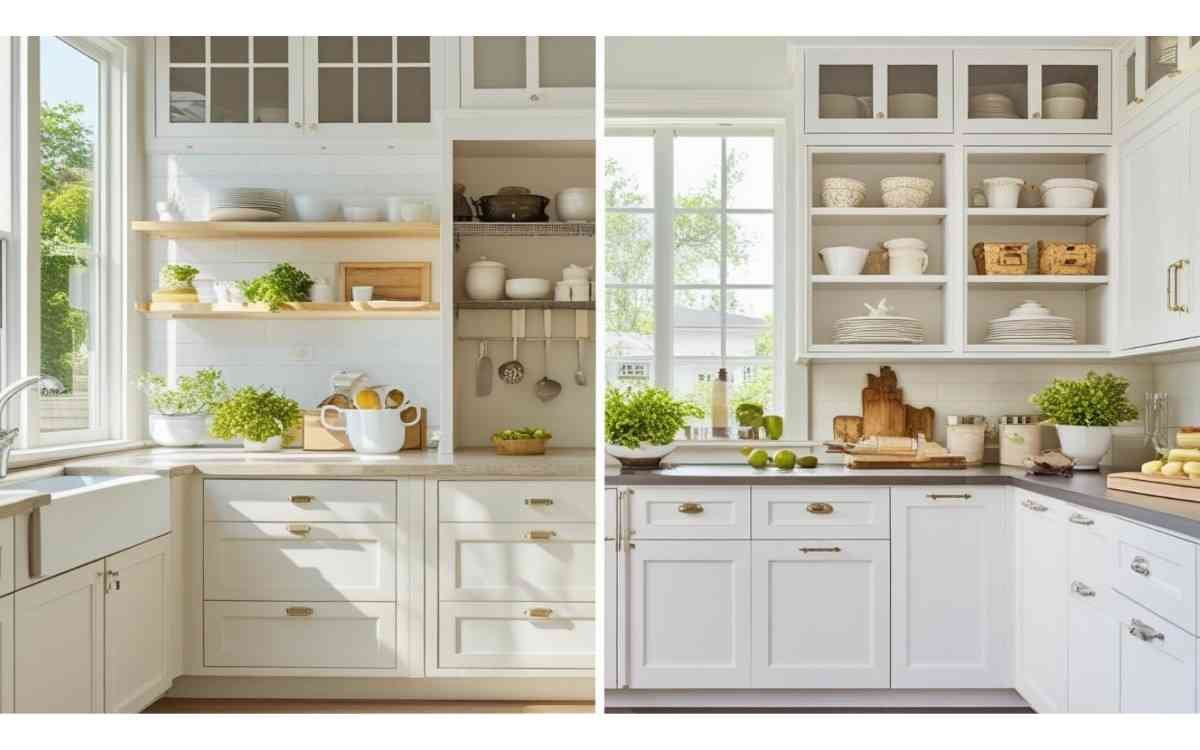
Funny how we always talk about cabinets and drawers but forget what’s on top of them. Your average kitchen countertop square footage only helps if it’s clear. If your blender, toaster, and spice rack take up 70%, you’ve defeated the purpose. Maximizing vertical space with hanging racks or wall-mounted shelves can save the day. Clear counters = more usable square footage. It’s not about how much you have—it’s how you use it. Try counting usable space instead of just total area. The illusion of plenty can turn into clutter quickly. And a cluttered kitchen equals a cluttered mind.
Different Homes, Different Averages
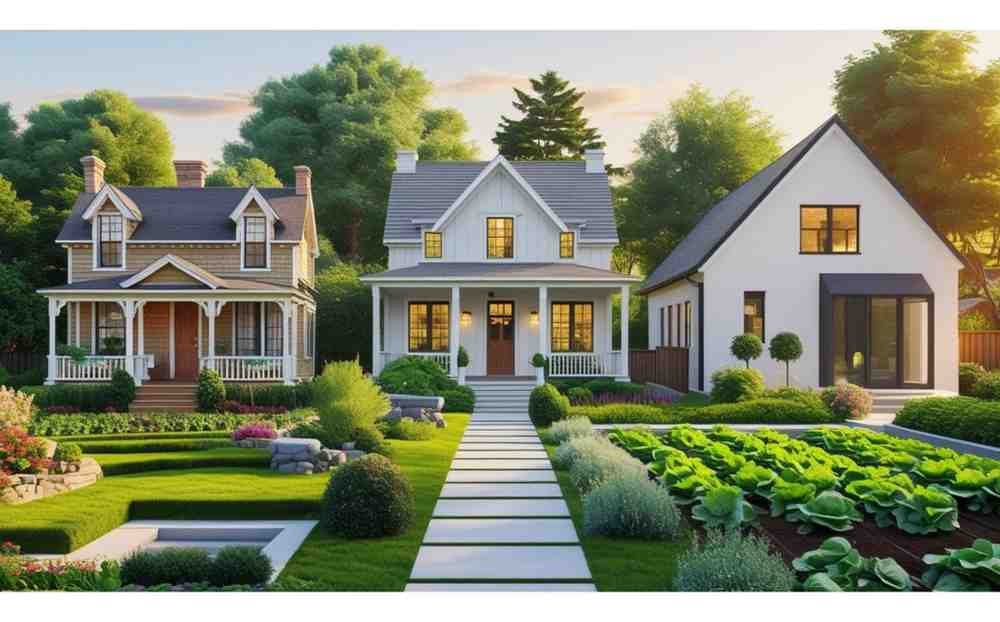
There’s no one-size-fits-all in kitchen design. A cozy cabin in Montana might have 18 square feet, while a California ranch sprawls past 70. That said, the national average kitchen countertop square footage remains a helpful baseline. For U.S. single-family homes, it’s about 30 to 40 square feet. Mobile homes? Roughly 15–20. Condos vary wildly. First takeaway: Do not follow the averages blindly. These are guidelines and not rules. Your kitchen’s habits, needs and square footage will determine the size of your space. And maybe that extra two feet? That’s where your cookie jar goes. Important, right?
Bonus: Quickfire Tips to Maximize Your Square Footage
- Double-Duty Appliances – Ditch that bulky coffee machine. Try a combo toaster-oven.
- Slide-Out Counters – A hidden gem under your main surface. Genius.
- Fold-Down Extensions – Wall-mounted and brilliant. Perfect for apartments.
- Rolling Carts – Extra prep space that moves? Yes please.
- Clear the Clutter – Seriously. One decluttered counter can feel like five new ones.
- Wall Hooks – Get that ladle off the countertop.
- Over-Sink Boards – No-brainer addition.
- Under-Cabinet Racks – More room for mugs = more counter joy.
Final Thoughts—It’s More Than a Number
You made it. We’ve talked about numbers, flow, frustration, and hacks. The average kitchen countertop square footage might be 30–40 square feet on paper. But the real magic? Happens in how you use it. The space you use should be a tool that works with you, not against you. So measure smart, plan real, and embrace your actual cooking life. Because countertops aren’t just about meals—they’re memories. And in the end, 35 square feet can hold a whole lot more than just dishes.

